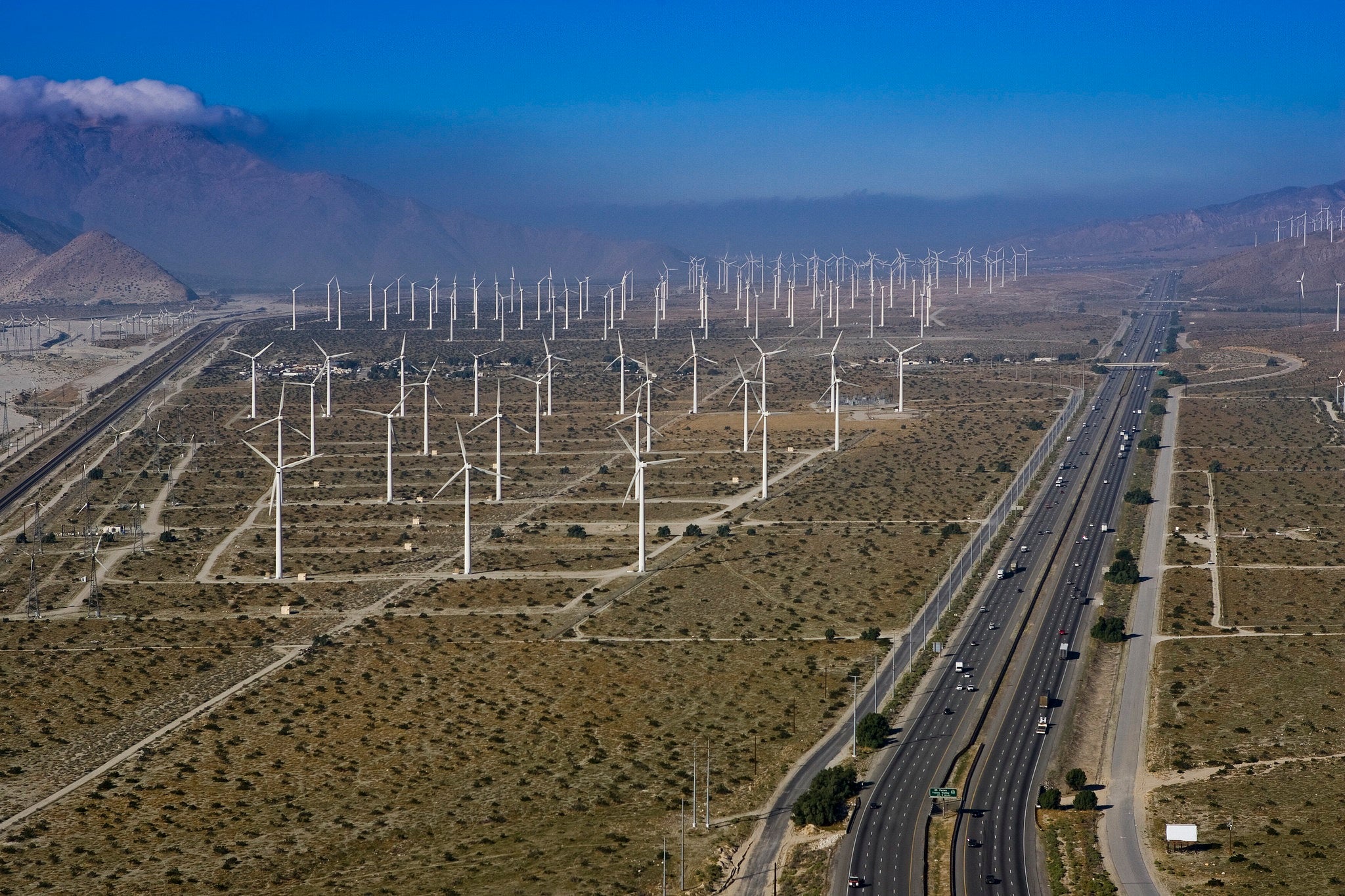This was was co-authored with Caroline Jones, Analyst for U.S. Climate.
The results of the Western Climate Initiative’s February auction were released today, and all current vintage allowances sold at a record-high price – raising over $970 million for the Greenhouse Gas Reduction Fund.
These results arrive alongside major opportunities for California to bolster its climate leadership. The state’s Climate Change Scoping Plan update, which intends to chart a pathway to achieving California’s 2030 and 2045 greenhouse gas reduction goals, is well underway with preliminary modeling results expected this spring. And recently, a group of experts released a report highlighting ways California can strengthen its cap-and-trade program and make the most of its Scoping plan.














